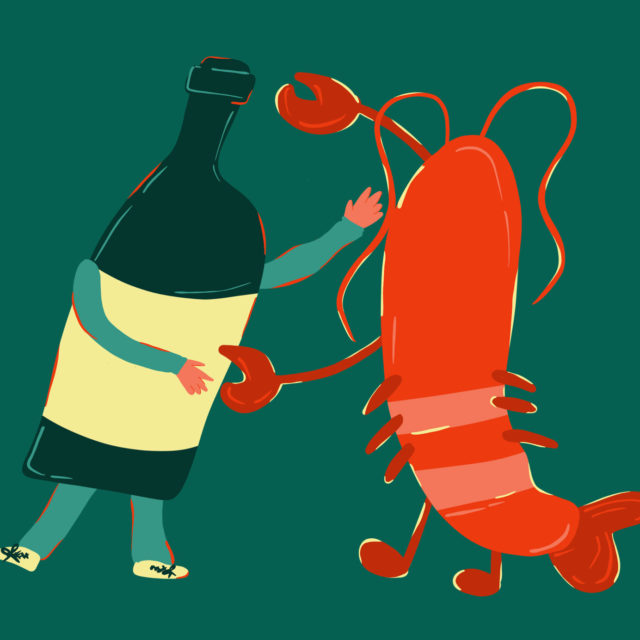When holding a wine list at a restaurant, the pressure is on. Picking the “right” wine to pair with a meal can be a daunting scenario for many diners.
Here’s the good news: As someone who worked as a chef for several years, and who now works with wine, I strongly believe you should drink what you like to drink with whatever it is you’re eating.
That said, certain dishes can be infinitely improved with the right wine pairing. Like a gastronomic Johnny Cash and June Carter, these iconic couples are ones every budding gourmand should try at least once, if only to understand why food and wine pairing is such a common topic.
When it comes to matching food and wine, there are two schools of thought. Both achieve wildly successful results, though they can’t always be applied interchangeably. In each case, food is the North Star guiding the selection of wine.
The first philosophy works by doubling down on the main flavor profile of the dish. So, if you’re eating something that’s highly acidic, such as ceviche, you might pair with a similarly acidic wine, like Sauvignon Blanc. The same thought process applies for drinking sweet wines with dessert.
On the contrary, the second pairing philosophy takes the opposite approach: contrast. Selecting a wine that contains a contrasting flavor profile to your dish can construct a complex, layered pairing. If you’re eating something bitter or spicy, for example, you should open a wine with a slight sweetness. Curry paired with off-dry Riesling is a great example.
Ready to sample some gastronomical matches made in heaven? Here are five of the world’s most iconic food and white wine pairings, and why they work.
Foie Gras and Sauternes
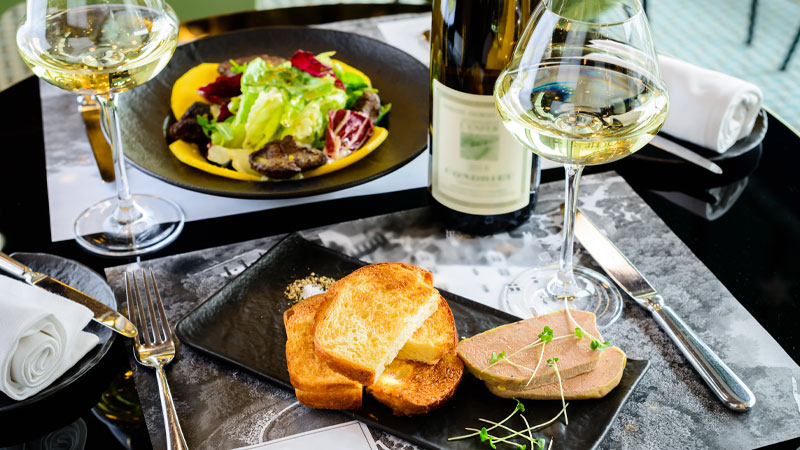
Foie gras is a controversial ingredient, and many choose not to eat it for moral reasons. For those who do eat it — no judgment here — there’s no better pairing than Bordeaux’s legendary sweet wine: Sauternes.
Whether pan-fried or prepared as paté, foie gras has a rich, buttery profile, and a faint metallic twang. Sauternes is one of the few wines that can match the intensity of the ingredient’s richness, while simultaneously providing the racy acidity required to freshen the palate.
This pairing works for the same reason chutney or onion marmalade traditionally accompany butter-rich patés. You need sugar, acidity, and bold flavors, three things Sauternes contains in abundance.
Lobster and Oak-Aged Chardonnay
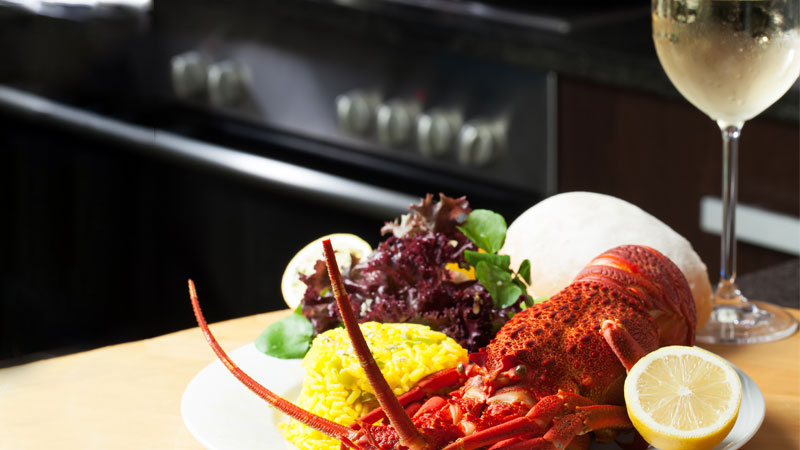
Some of the finest white wines in the world are those that blend subtle oak influence with Chardonnay grapes. People tend to forget this because of the ostentatious overuse of oak chips, notably in California, but when eating Lobster, there’s no better sidekick than a well-balanced oak-aged Chardonnay.
The oak aging adds a buttery character to the wine, which perfectly complements the sweet richness of lobster meat. A quality Chardonnay will also typically possess refreshing, palate-cleansing acidity, while the world’s best bottles, such as those from Burgundy’s Côte d’Or, display prominent mineral notes, which elevate the seafood character of the shellfish in this pairing.
Oysters and Muscadet
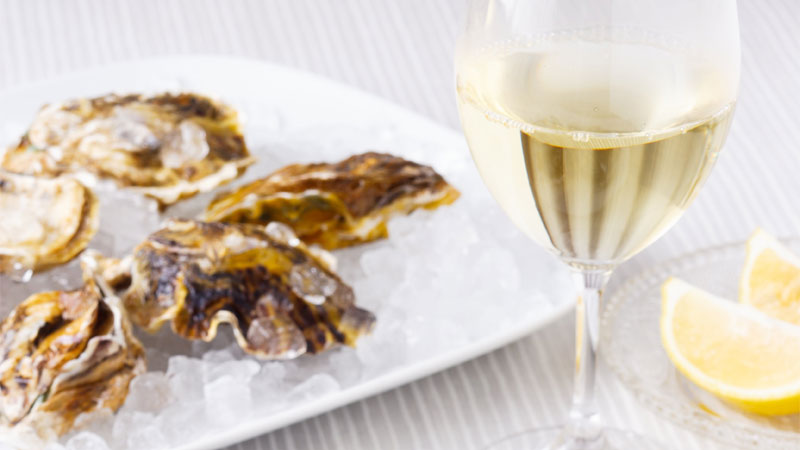
Freshly shucked oysters smell just like the ocean and have a briny flavor profile. Their ideal pairing, Muscadet, offers similarly oceanic qualities, while its zesty acidity cuts through the seafood’s fatty flesh. Made using the Melon de Bourgogne varietal, on the western edges of France’s Loire Valley, vinification commonly sees the wine spend some time on lees, which adds a subtle richness akin to that of the oyster itself.
Caviar and Champagne
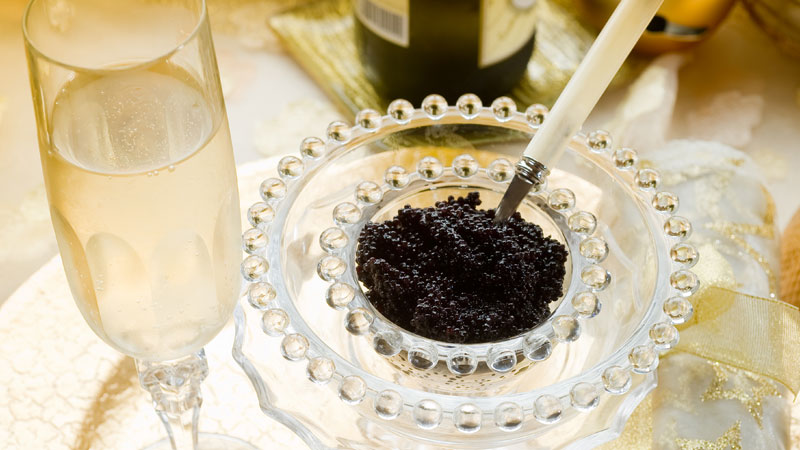
If you’re splurging on caviar, tradition dictates you should reach for a similarly opulent wine: Champagne. Yet, this pairing is not just a means of flashing cash, it’s a stunning example of a food and wine complementing each using contrasting characteristics. Caviar provides oil, fat, and salt, while a crispy, dry Champagne refreshes the palate with its vibrant acidity and tart fruit flavors.
(Of course, most of us aren’t popping pots of caviar on a Tuesday night, but that doesn’t mean you have to hold back the bubbly. For a high-low Champagne pairing, order in some fried chicken or a thin-crust pizza, and your life will be changed forever.)
Goat Cheese and Sancerre
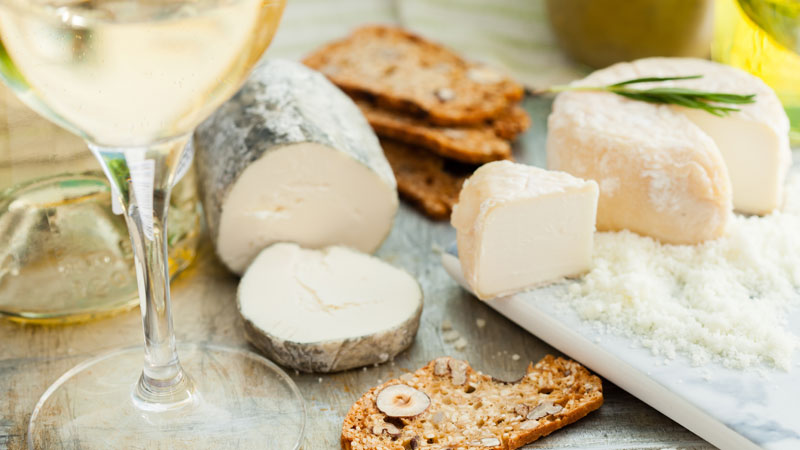
This pairing is a great example of combining a regional wine with a local delicacy. The classical home of the now ubiquitous Sauvignon Blanc grape, Sancerre is also renowned for producing delicious, tangy goat cheese. The intense flavors and electric acidity of Sancerre cut through the creamy cheese, while its signature minerality mingles with the saltiness of the cheese. It’s an ideal combo to kick off a meal, either as a pre-dinner aperitif or with the cheese starring in a simple arugula salad, which, in turn, highlights the wine’s grassy notes.
